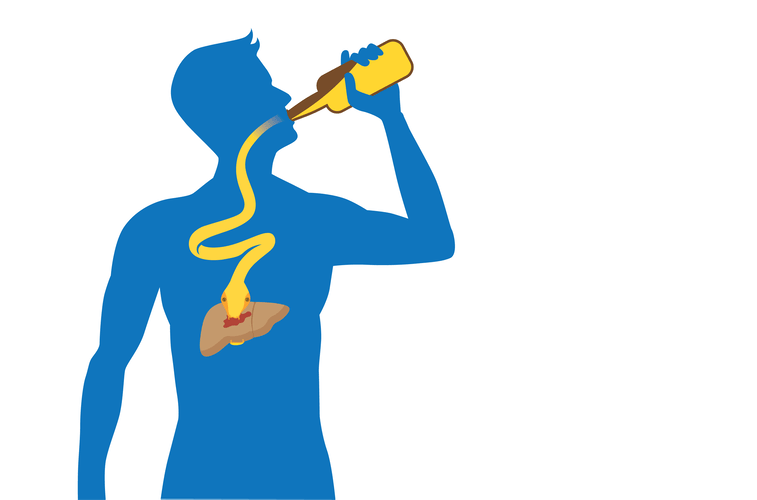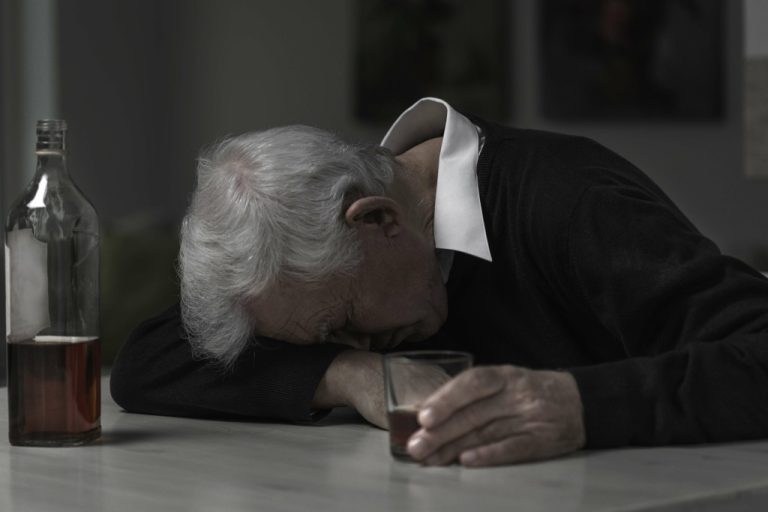In fact, according to the National Institute on Drug Abuse, between 8 and 12 percent of people prescribed opioids will develop an opioid use disorder. This is due to the drugs’ highly addictive nature, as well as the potential for misuse and abuse. American Addiction Centers operates treatment centers throughout the country.
Evidence-based addiction treatment at Discover Recovery
For certain drug types, some symptoms are less prominent, and in some cases, not all symptoms apply. For example, withdrawal symptoms are not specified for inhalant use. American Addiction Centers (AAC) is committed to delivering original, truthful, accurate, unbiased, and medically current information. We strive to create content that is clear, concise, and easy to understand. Break the holiday drinking cycle by understanding emotional triggers, adopting small habit shifts, and reducing reliance on alcohol. True recovery will involve an internal shift in which other pursuits replace time spent on the addiction.
How Long is Drug and Alcohol Rehab?
- The shifts in thinking and behavior are critical because they lay the groundwork for changes in brain circuity that gradually help restore self-control and restore the capacity to respond to normal rewards.
- Relapse carries an increased risk of overdose if a person uses as much of the drug as they did before quitting.
- Many individuals dependent on drugs and alcohol start with a 30-day rehab time.
- Further, those friends can serve as a cue that sets off drug craving and challenges the recovery process.
- These timelines are meant as rough guides to determine when symptoms will present themselves and subside.
- These stages typically start with acute withdrawal, progress through post-acute withdrawal, and extend into long-term maintenance.
Heroin withdrawal can occur within hours of someone’s last dose of heroin. During these programs, one gets over the physical effects of addiction through detoxification. After detox and inpatient care, the relapse prevention program is introduced to enable the individual to properly integrate into society. An inpatient rehab time varies for the 30,60, and 90-day programs depending on the individual’s stressors, response to treatment, physical and mental https://abilk.com/ripple-price-news-live-xrp-back-in-the-red-as-ripple-prices-drop-days-after-crypto-crash/ factors, health status, symptoms, and family influence.
What are Environmental Factors that Inspire Addiction?

One advantage of mutual support groups is that there is likely someone to call on in such an emergency who has experienced a relapse and knows exactly how to help. In addition, immediately http://www.f-mx.ru/inostrannye_yazyki.html attending or resuming group meetings and discussing the relapse can yield much advice on how to continue recovery without succumbing to the counterproductive feeling of shame or self-pity. Recovery involves rebuilding a life— returning to wellness and becoming a functioning member of society. Every person needs a comprehensive recovery plan that addresses educational needs, job skills, social relationships, and mental and physical health.
Impact on Accessibility of Care

Usually for a substantial fee, career transition services help executive and higher-up employees define career goals and help with job searches. Many treatment programs have partnerships with area businesses to hire those in recovery. And one measure of a comprehensive substance abuse treatment program is the help it offers to enrollees to identify their interests and find and build a meaningful career path. Individuals with experience and expertise may find a route to full employment by first being willing to offer their skills pro bono or as a volunteer to businesses or nonprofit organizations in their field. Other research pinpoints the values of cognitive behavioral therapy for relapse prevention, as it helps people change negative thinking patterns and develop good coping skills.
Does addiction last a lifetime?
However, those that opt for the 60 and 90-day program get ample time for intensive detox and treatment to ensure a full recovery. The 90-day program has shown the highest success rate due to the time spent treating severe addictions. The simple answer is that every addiction, though caused by substance abuse, is unique and is affected by many factors. For example, some people may ask how long rehab lasts due to the difference in the recovery rate of patients. Rather than days and weeks, people tend to measure outpatient treatment in terms of months and years. Approximately 90 days is the average duration of outpatient treatment, but some people will continue treatment indefinitely.
- Our commitment to individualized care and evidence-based treatments can make a significant difference in the process of healing and rebuilding a fulfilling, addiction-free life.
- Recovery is not just about abstaining from substance use; it’s about building a new, healthy lifestyle.
- Americans often see the more destructive side of addiction, drug crime, people slumped in doorways and family members who are spiraling downward.
- Discover the empowering steps of recovery from addiction, from therapy to resources for help.

People aren’t static, which is what reminds us to never give up hope when dealing with an addicted loved one, no matter how dire the circumstances appear to be. We learn to connect with people, push our egos aside, and to ask for help if we need it. Thus, when faced with stressful situations that https://dailywealthy.com/avitamin-deficiency-signs-and-treatment.html formerly would trigger us to drink or drug, we might respond by exercising or calling a friend, rather than using a substance. As such, we substitute addictions with healthier activities that perform the function that the drink or drug used to, albeit in a much more fulfilling way.
However, in cases where treatment is undergone as part of a full continuum of care, a client’s time in outpatient care may be significantly shorter. Outpatient treatments offer a lower level of care compared to residential treatment, so the programs may take longer to complete. As always, the person’s ability to address their addiction and move through the recovery process will shorten the duration of their treatment. Inpatient orresidential rehabare both terms used to describe any services that involve the individual leaving their home to live at the facility during their treatment.

The severity of withdrawal symptoms can be influenced by the type of drug, duration of use, dosage, individual physiology, and overall health. Overcoming a SUD is not as simple as resisting the temptation to take drugs through willpower alone. Recovery may involve medication to help with cravings and withdrawal as well as different forms of therapy. It may require checking into a rehabilitation facility.45 Recovery can be challenging, but it is possible.